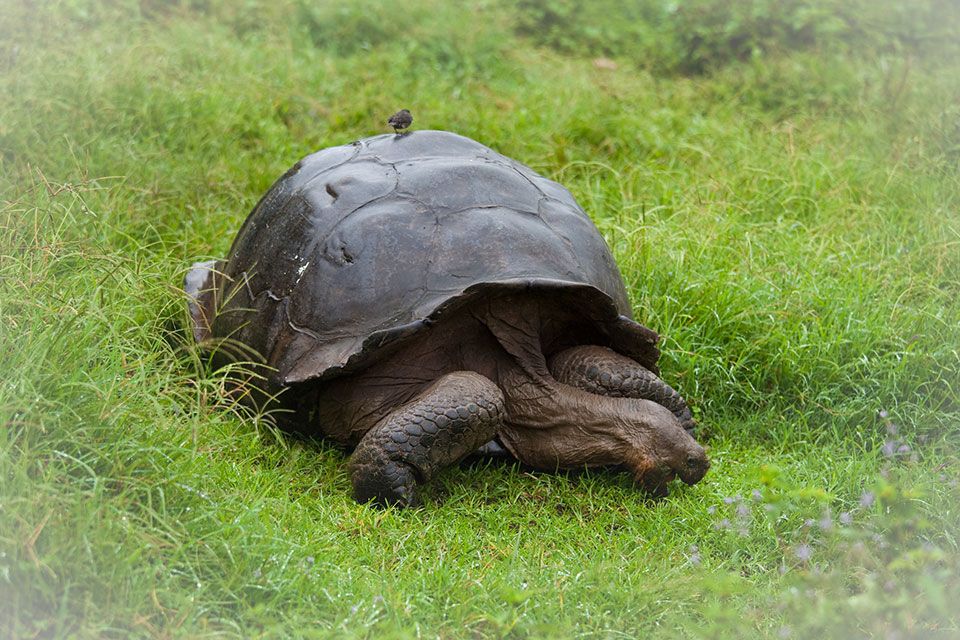Raja Ampat is one of the richest in bio-marine life in the world, located in the center of the Coral Triangle. Enjoy the crystal-clear water by diving, snorkeling, kayaking, swimming or sailing. Raja Ampat is located on the island of New Guinea, the world’s second-largest island in Oceania. The island is divided between two countries: Papua New Guinea to the east, and Indonesia to the west.
What Should You Take?
Outside the main towns there are very few shops selling anything but snacks, and definitely no ATMs.
Having the right gear can make all the difference to your snorkeling trip. You don’t need to bring much for island hopping in Raja Ampat, but here are a couple of things we think are essential to pack.
- Waterproof Bag | This water-resistant bag you can use to protect your electronics during water activities.
- Snorkel Mask & Fins | If you plan on snorkeling snorkel mask is a must and helps you save energy, and dive easier.
- Water Bottle | Raja Ampat is one incredibly beautiful place in the world, don’t litter plastic, use SteriPen.
- Phone Waterproof Case | You need a good waterproof case for your phone.
- GoPro | This adventure underwater camera is a must, especially snorkeling.
- Sunscreen | Sun is way too strong on the equator and if you are spending all day in the water, so need a quality sunscreen. Please, make sure you use a reef-friendly biodegradable sunscreen for snorkeling.
The risk of contracting malaria isn’t high, but it’s a possibility, so wear light long-sleeved clothes in the evening and sleep under a mosquito net at night.
Many of the smaller islands don’t have shops so pick up things like toilet paper, snacks, and drinks before you leave Sorong.
Travel Insurance
Travel insurance is designed to help cover your expenses if something goes wrong on your trip. World Nomads Travel Insurance has been designed by travelers for travelers, and it is the most popular insurance as they cover travelers from over 150 countries around the world, offer great rates.
How to get to Raja Ampat
To get to Raja Ampat, you’ll first need to fly to the airport at Sorong. Garuda Indonesia and Sriwijaya airlines have daily flights from Jakarta to Sorong and from there you’ll have to fly to Raja Ampat.
You need a permit to visit Raja Ampat and you can purchase one at the Tourism Information Centre in Sorong or at designated spots in airports and ports.
You can also fly there from a few other cities in Southeast Asia such as Singapore, Kuala Lumpur, or Davao.

Photo credit: Dennis Keller / FLickr
Wreck Diving
Wreck diving is one of the top activities on Raja Ampat. Other points of interest include Kabui Bay and its dramatic karsts of limestone, as well as Sawandarek, which features lovely coral and white sand beaches.
Experience the beauty of sailing, as the majority of connection between the islands, is by boat, you’ll need to feel comfortable with moving about the vessel. Smooth sailing depends on the weather, so itinerary changes may occur at the last minute if the weather becomes unfavorable.
There are two main ways to experience the area as a diver – on a liveaboard or with a resort.
Remember to pack sun protection, such as sunscreen and a hat, and drink plenty of water to keep hydrated.
Best Time to Visit the Raja Ampat Islands
Raja Ampat is close to the equator and the temperatures don’t vary much and range from around 25-32° with an average humidity 83%. The best months are from October to December. You may want to avoid June – September, the summer months – when there are more heavy rains and storms.
Raja Ampat really is an incredible part of the world and is definitely worth visiting, but preparing for the trip is always important.
Make sure to double-check that you have all relevant legal documents before you go on your journey – passport, visa, proof of a return ticket, insurance policies, dive certifications.
If you want to read more about check What Things to do in Raja Ampat
Want to learn more about sustainable travel? Check our other posts about sustainable travel.






